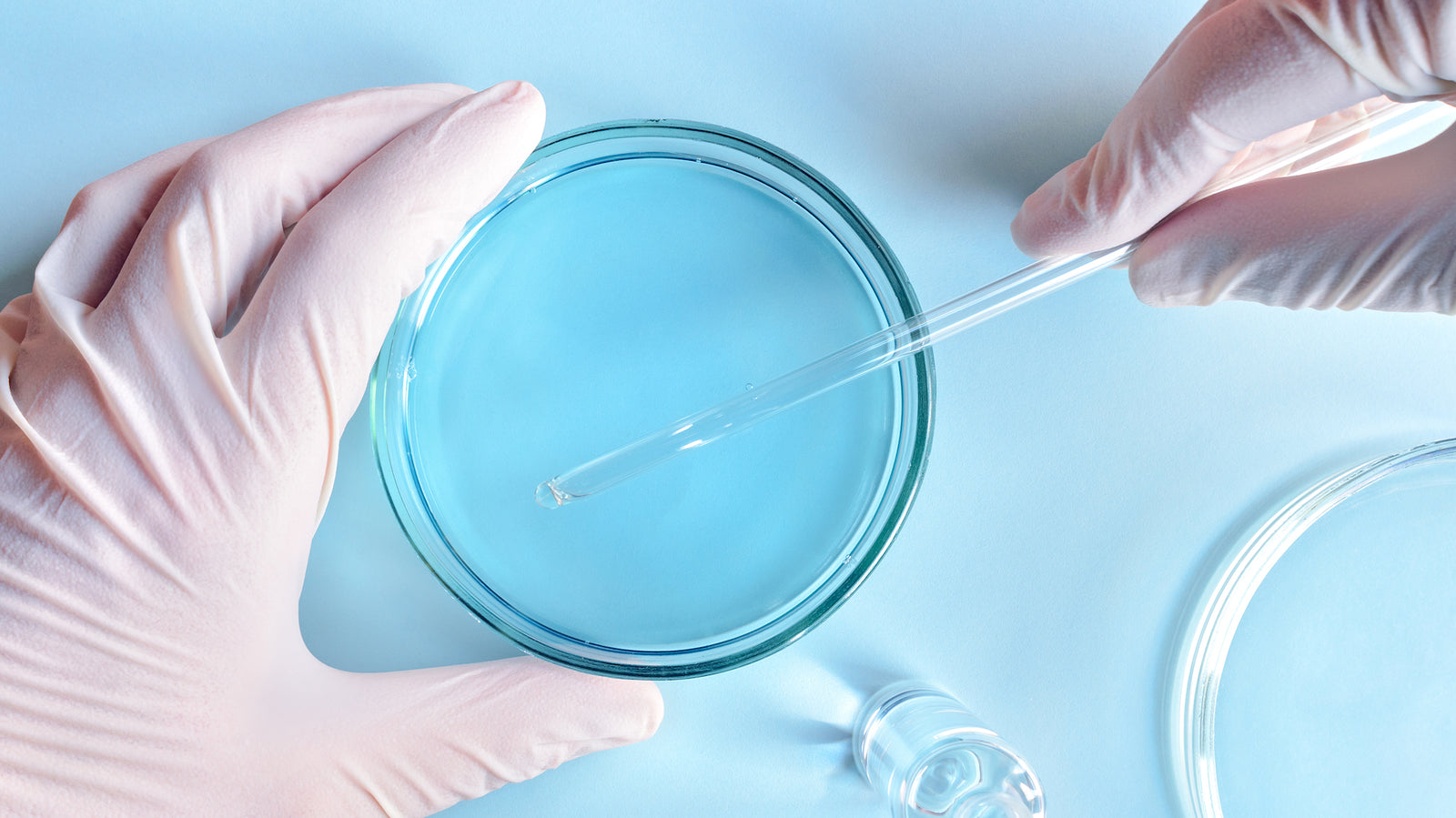Your Cart is Empty



Okay, we all like to smell nice, right?
But, do you know that a lot of the fragrances and dyes found in your products are derived from petrochemicals? By that, I mean the chemicals made from petroleum. Yes, like the stuff you put in your car.
![]() Many fragrances used in the products you know and love are made of a complex cocktail of different things, often containing petrochemicals. Synthetic colors (shown as FD&C or D&C on ingredient lists) are derived from petroleum and coal tar sources as well.
Many fragrances used in the products you know and love are made of a complex cocktail of different things, often containing petrochemicals. Synthetic colors (shown as FD&C or D&C on ingredient lists) are derived from petroleum and coal tar sources as well.
But here’s what’s weird. Artificial fragrances and dyes do nothing to improve the effectiveness of the product. Even worse, they can be very irritating to sensitive skin.
It makes me wonder why the companies who make these products choose to use these chemicals instead of natural essences for scent and color? It seems obvious that natural ingredients are better for the consumer. But hey, what do I know?
Also, polyethylene glycols (PEGs) are petroleum-based compounds used in cosmetics. These compounds may be contaminated with measurable amounts of ethylene oxide and 1,4-dioxane during manufacturing. The International Agency for Research on Cancer classifies ethylene oxide as a known human carcinogen (causes cancer). Yes, cancer.
All these petrochemicals, as you can imagine, are also harmful to the environment.
Clearly, petrochemicals are bad news all around yet they are found everywhere. It is time to take a stand against these toxic substances.

Parabens are used in many personal care products to inhibit mold and bacteria growth.
However, there has been a lot of controversy surrounding the use of parabens because of their potential risks.
Parabens are agents thought to mimic estrogen in the body, so another endocrine disruptor. Estrogen disruption has been linked to breast cancer and other problems with the reproductive system.
There was a study in 2004 in which parabens were found in cancerous breast tumors. However, critics said that the study did not examine healthy breast tissue for parabens. Since then, research has been a bit conflicting as to how strong the estrogenic effect is in parabens.
In my mind, why take the chance? I say “no” to fake estrogen.

Benzoyl peroxide is a very common ingredient found in over-the-counter acne formulations.
It works to reduce acne-causing bacteria and promotes peeling of the skin. Probably something you do not need if you are not an acne-ridden teenager.
Benzoyl peroxide even bleaches clothing, towels, and other fabrics if you are not careful.
Put on my skin? No thanks.

Triclosan is an ingredient added to various products, particularly hand soap and toothpaste and acts as an antibacterial agent.
Very recently, the FDA said that it was removing triclosan from products because it provides no benefit over normal soap. In fact, it has become well known that overuse of antibacterials can lead to antibiotic resistance.
Even more troubling is that triclosan has been associated with decreased thyroid hormone levels in rat studies.
In this particular study, pregnant rats were given triclosan which significantly lowered their thyroid hormone (thyroxine) levels in both the rats and their offspring. This is indicative of hypothyroidism, or underactive thyroid which means weight gain, sluggishness, difficulty concentrating, among other issues.

You would think sunscreen is safe, right? Hate to break this to you.
One ingredient commonly found in sunscreen, oxybenzone, is actually quite toxic.
The Environmental Working Group says to avoid oxybenzone for a number of reasons-- allergic skin reactions, estrogenic effect, and potent anti-androgenic effects. Uh oh, sounds like another endocrine disruptor. Androgens are the male hormones that make guys who they are (for better or worse).
Researchers even found that adolescent boys with higher oxybenzone measurements had significantly lower testosterone concentrations.
As you can imagine, this could cause problems with further growth and development.
Safer sunscreen ingredients include zinc oxide and titanium dioxide.
You may know formaldehyde as the stuff used in embalming fluid to preserve dead bodies.
It is a colorless, flammable gas also often used in many different types of cosmetics to prevent bacterial contamination. Formaldehyde is also used in the production of fertilizer, paper, and plywood.
It turns out that the U.S. Food and Drug Administration officially classifies formaldehyde as a carcinogen. However, experts say that the likelihood of cancer is typically only a problem in those people with prolonged exposure such as industrial workers, embalmers, and even salon workers. Still, I do not want to want to take my chances.
Look for ingredients like diazolidinyl urea, imidazolidinyl urea, DMDM hydantoin, quaternium-15, 2-bromo-2-nitropropane-1,3-diol, and sodium hydroxylmethylglycinate. What a mouthful those are.
As you can see, these chemicals are still all around us in the products we use every day.
But there’s a silver lining.
The word is getting out. People like you are getting smarter and savvier about the products you buy. Science is getting better, which means non-toxic, natural products have become more effective than ever. It is also easier than ever before to find these products.
And with the internet giving access to limitless options, it’s incredible to think that we can (dare I say) change the world each time we cast a vote for better products when we open our wallet. Your voices are being heard.
Did we miss anything? Let us know.

|
Meet the Author Shannon is a nurse practitioner with an array of clinical experience. She is particularly passionate about health promotion and disease prevention. When she's not nurse practitioner-ing or writing, she enjoys reading, cooking, and yoga. You can check out her blog at https://shannonthenp.com. |